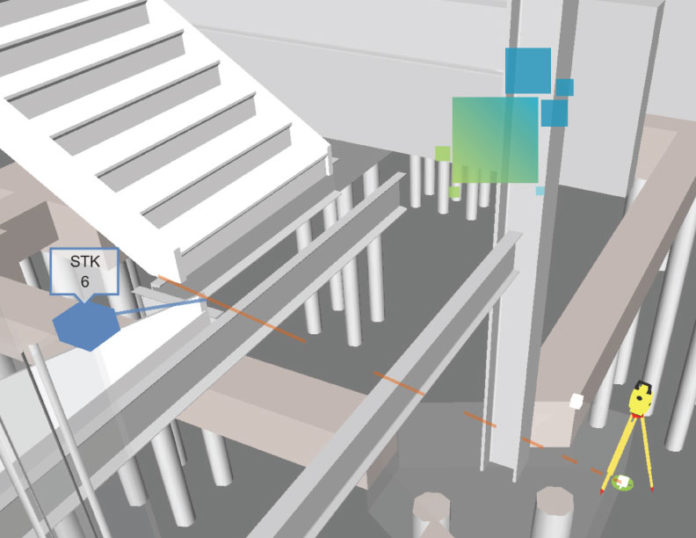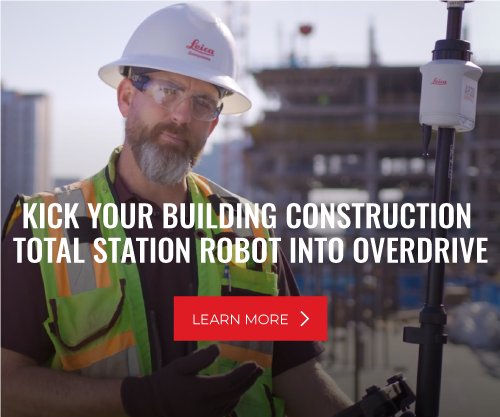 Building information modeling is a problem-solving tool that communicates a plan to construct buildings more effectively. A common misconception is that BIM has to be a 3D, 4D, or 5D model. However, BIM can be as simple as a logistics plan or as complex as a facilities management model.
Building information modeling is a problem-solving tool that communicates a plan to construct buildings more effectively. A common misconception is that BIM has to be a 3D, 4D, or 5D model. However, BIM can be as simple as a logistics plan or as complex as a facilities management model.
RELATED: Beyond 3D: The Many Dimensions of BIM
2D CAD (Computer Aided Design) has dominated the industry for many years and continues to thrive as a medium to produce drawings. However, moving from 2D to 3D and investing in BIM typically requires a program like Autodesk Revit, Bentley MicroStation, or Graphisoft ArchiCAD, among others. These programs are intended to produce 2D design/shop documents while simultaneously building a 3D model in the process.
In the past, the in-house BIM group for companies such as Holder Construction would have to produce these models from scratch with the help of shop drawings, contract documents, and HD scanning as-built conditions. Now, architects and engineers have implemented these programs in a big way as an alternative to traditional 2D CAD methods.

What this means is that, provided the proper agreements have been signed, field engineers have access to the same design models used to produce drawings. This gives the field crews a head start to use 3D models for a host of purposes. Models from subcontractors along with other supplemental models are also being used to better connect the office to the field.
BIM is changing the way companies do business, one project at a time.
What are some of the biggest changes you’ve seen in the last couple of years? Share your thoughts below.






